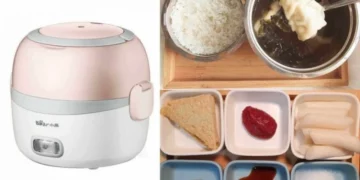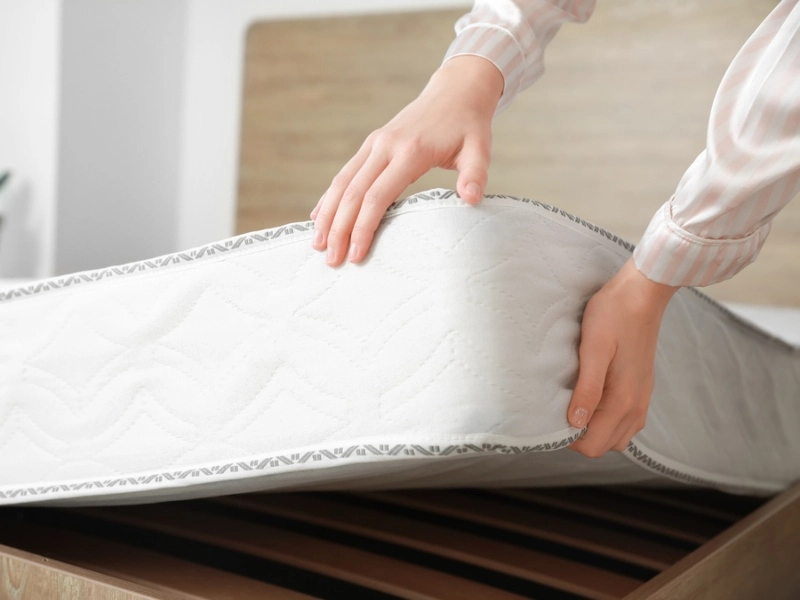Lifestyle
15 Best Planners In Singapore For 2026
Fresh starts and new beginnings.
21 Things To Do In Singapore This Weekend (17 – 20 October)
Let's paint the town red.
11 Easy Electric Lunch Box Recipes To Meal Prep For Work
Lunch just got an electric upgrade, with no magic wand required!
Fashion & Beauty
Travel
Getting Around Shanghai: A Guide To Shanghai’s Public Transport
Why walk when you can bus-tle through Shanghai
Read moreDetails24 Short Getaway Places From Singapore [1 – 3 Hours Away]
All aboard for a ‘boat’-iful adventure!
Read moreDetailsSun, Sand, Smiles: Southern Island Hopping In Singapore
Shell-ebrating good times as you seas the day!
Read moreDetails














































